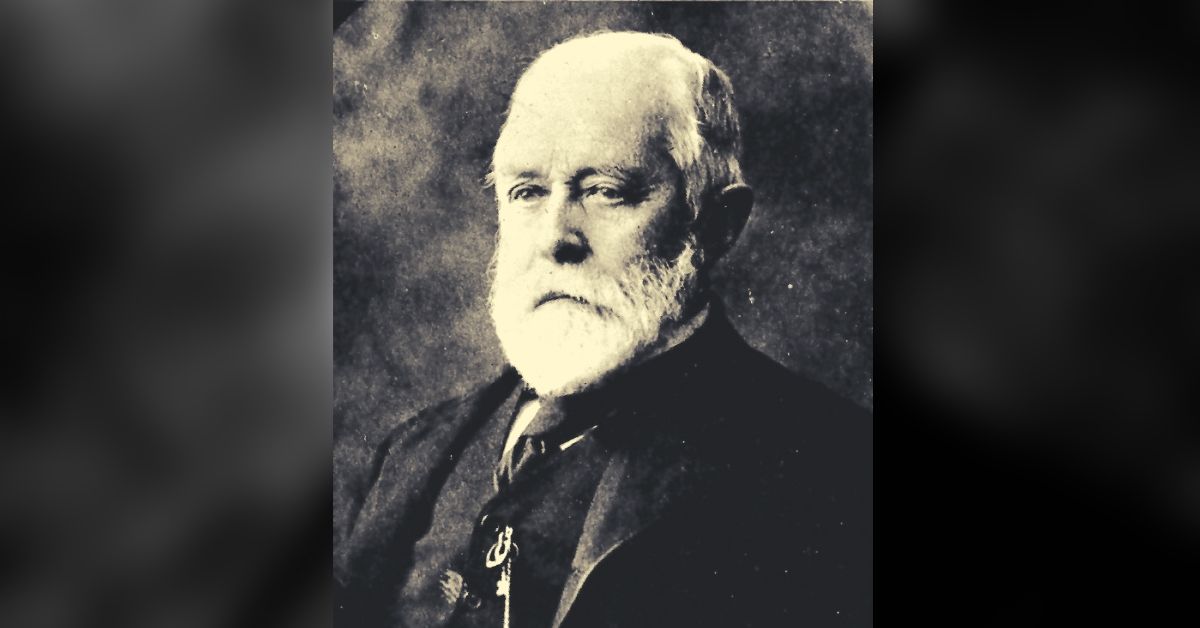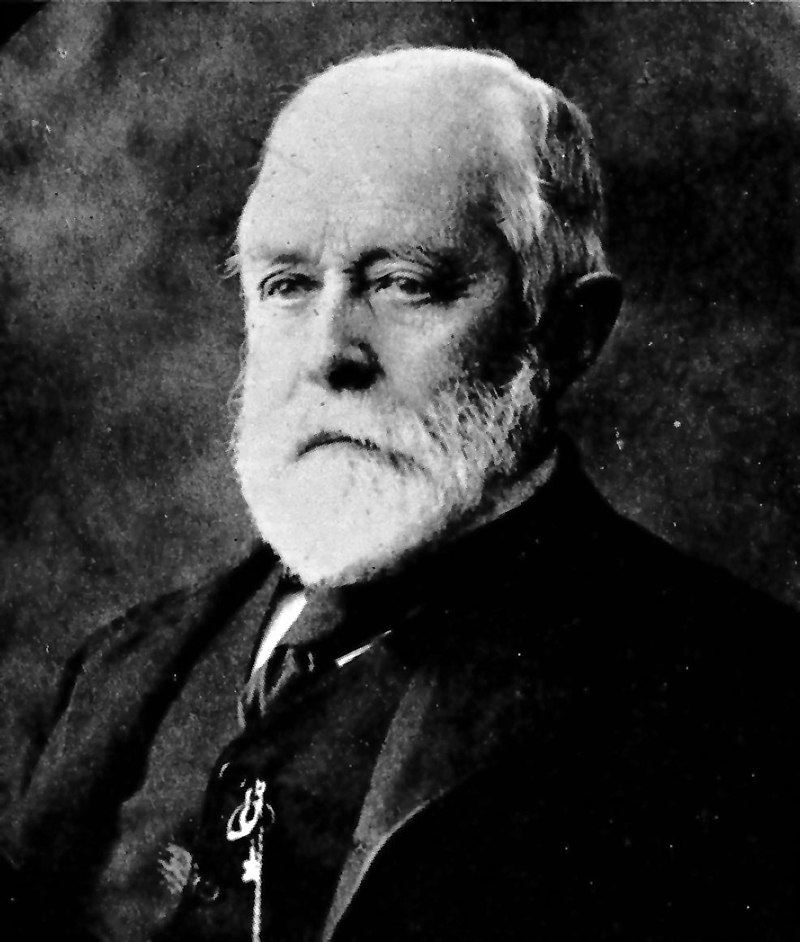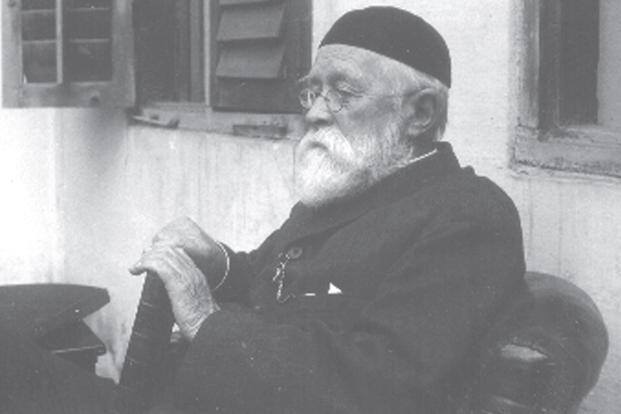Robert Foote: How An English Geologist Became The ‘Father of Indian Prehistory’
A man who once called India the original home of mankind, this forgotten geologist unearthed south India's pre-history, from Gudiyam caves of Tamil Nadu to a plethora of paleolithic sites across Ballari and Chikmagalur. #history #LostTales

When Henry Geoghegan, an employee with the Geological Survey of India, died of sunstroke surveying the rocky terrain of Trichy (Tiruchirappalli) in 1858, 24-year-old Robert Bruce Foote was brought in as a replacement.
Like his colleagues, Robert’s mandate was to help the British Crown locate precious metals that would fill up their coffers.
The Earth Lab Board Game is made of upcycled materials, and teaches children learning all about environmental conservation. Learning was never this fun!
Little did Robert know that one day, he would be called the “Father of Indian Prehistory.”
Born on 22 September 1834, in Cheltenham, England, Foote spent his time surveying the rocky landscapes of Trichy and delivering lectures on geology at the famous College of Engineering in Guindy, Madras (Chennai).
It was in Madras, where he met Peter Percival, a social reformer priest who had given up missionary work to teach linguistics, Tamil and Telugu literature, besides Sanskrit at the Presidency College. Their friendship blossomed, and in 1862 Foote married Percival’s daughter Elizabeth Anne.
Foote’s first significant breakthrough came in May 1863, in Pallavaram, Chennai, when he accidentally found a peculiar stone tool, which looked like an axe chiselled by hand.
Upon further inspection in London (where Foote had sent it for examination), it was found that the \implement dated back to the Palaeolithic Age (Old Stone Age, which lasted from 2.6 million years ago to about 12,000 years ago).
He would share his findings with his best friend and colleague William King Jr, and together, the duo found a whole host of similar implements and other artefacts in Attirampakkam, a village barely 60 km north of Chennai in Tiruvallur district.
Upon making these findings, Foote went back to Pallavaram where he found two more such Palaeolithic implements in January 1864.
These findings in India dismissed the claims of European religious scholars about the age of Earth ranging from 6,000 to 100,000 years, and affirmed Charles Darwin’s theory of natural selection which he posited in his book “Origin of Species by Means of Natural Selection.”

Simply put, God did not create man in his image and that humans evolved over centuries.
Foote submitted his findings to his boss Thomas Oldham, the Geological Surveyor of India, but did not make any public announcement of it, which would have caused a sensation back home.
“The discovery that certain of the more recent formations in Southern India contain stone implements of undoubtedly human manufacture and the same type precisely as flint weapons now creating so much interest in various parts of Europe cannot fail to excite Students of Geology, Ethnology and Archaeology. With the exception of a brief verbal notice to the members of the Bengal Asiatic Society at their general meeting in December last by Dr Oldham, the Superintendent of the Geological Survey of India, no account of them has yet been made public,” wrote Foote in his 1865 book titled, “On the Occurrence of Stone Implements in Lateritic Formations in Various Parts of Madras and North Arcot Districts.”
Following his findings, Foot would traverse over 53,000 km on horseback all over South India, finding Palaeolithic implements in the Gudiyam Caves of Tamil Nadu, Bellary and Chikmagalur.
His findings would be validated as recently as 2011 when a team of archaeologists revisited the Attirampakkam site to find ancient implements dating over 1.5 million years old.
Speaking to Mint, Shanti Pappu of the Sharma Centre for Heritage Foundation, who has extensively researched Foote’s work, says,
“His writings make clear his scientific attitude towards the subject, his wide multidisciplinary approach towards resolving questions, and his deep love for the land and the people, both past and present. As far as his early prehistoric discoveries are concerned, there is no question of religion, creationism or race arising here. Owing to contemporary and earlier discoveries of Palaeolithic artefacts in Europe, Foote was confident of his finds, and clearly attributed the stone tools found here to be the work of prehistoric Palaeolithic populations. He followed paradigms being discussed at the time drawing on Darwin, John Evans and geologists like Charles Lyell. Our ongoing research at these very Palaeolithic sites discovered by him, prove many of his observations to be deeply insightful.”
In 1884, alongside his eldest son, Henry, Foote would go onto discover ancient stone artefacts inside the Billasurgam cave complex in Kurnool district of present-day Andhra Pradesh.
According to this paper, it “has the longest record of [the] archaeological and palaeoenvironmental exploration of any Indian cave system.”
More than eight years later, after these findings, Robert retired from service. After working in Baroda for two years, he was invited by the Maharaja of Mysore, where he set up the Mysore Geological Department, an institution which would lead many historical discoveries.
Speaking to the Economic Times, Professor Ravi Korisettar of Karnatak University says, “He (Foote) discovered the largest Neolithic stone factory in the Madras Presidency, located atop the Kappagal hill in Ballari’s Sanganakal hill complex.”

The British geologist and archaeologist would divide his time between his family (nine children and a second wife after the first died) in Tamil Nadu while traversing over various sites in Karnataka. His work would take him to Hampi, Hospet and the Tungabhadra Valley.
Over 40 years, he located a total of 459 prehistoric sites.
However, his most remarkable contribution came in 1904 when he sold his collection of nearly 4000 artefacts to the Madras Government Museum for Rs 33,000.
Yes, he made money off his findings, but Foote also ensured that important elements marking the history of India would reside in their home country.
He passed away, aged 78, on 29 December 1912 in Kolkata. His ashes rest in Trinity Church, Yercaud, next to his mentor and friend Percival.
His findings laid the groundwork for future archaeologists in India. As his epitaph reads, “I have fought a good fight, I have finished my course, I have kept the faith.”
Oh yes, indeed he did!
Also Read: Fought for Our Freedom & the Himalayas: Why India Must Not Forget These British Women
(Edited by Gayatri Mishra)
Like this story? Or have something to share? Write to us: [email protected], or connect with us on Facebook and Twitter.
If you found our stories insightful, informative, or even just enjoyable, we invite you to consider making a voluntary payment to support the work we do at The Better India. Your contribution helps us continue producing quality content that educates, inspires, and drives positive change.
Choose one of the payment options below for your contribution-
By paying for the stories you value, you directly contribute to sustaining our efforts focused on making a difference in the world. Together, let’s ensure that impactful stories continue to be told and shared, enriching lives and communities alike.
Thank you for your support. Here are some frequently asked questions you might find helpful to know why you are contributing?


This story made me
-
97
-
121
-
89
-
167













